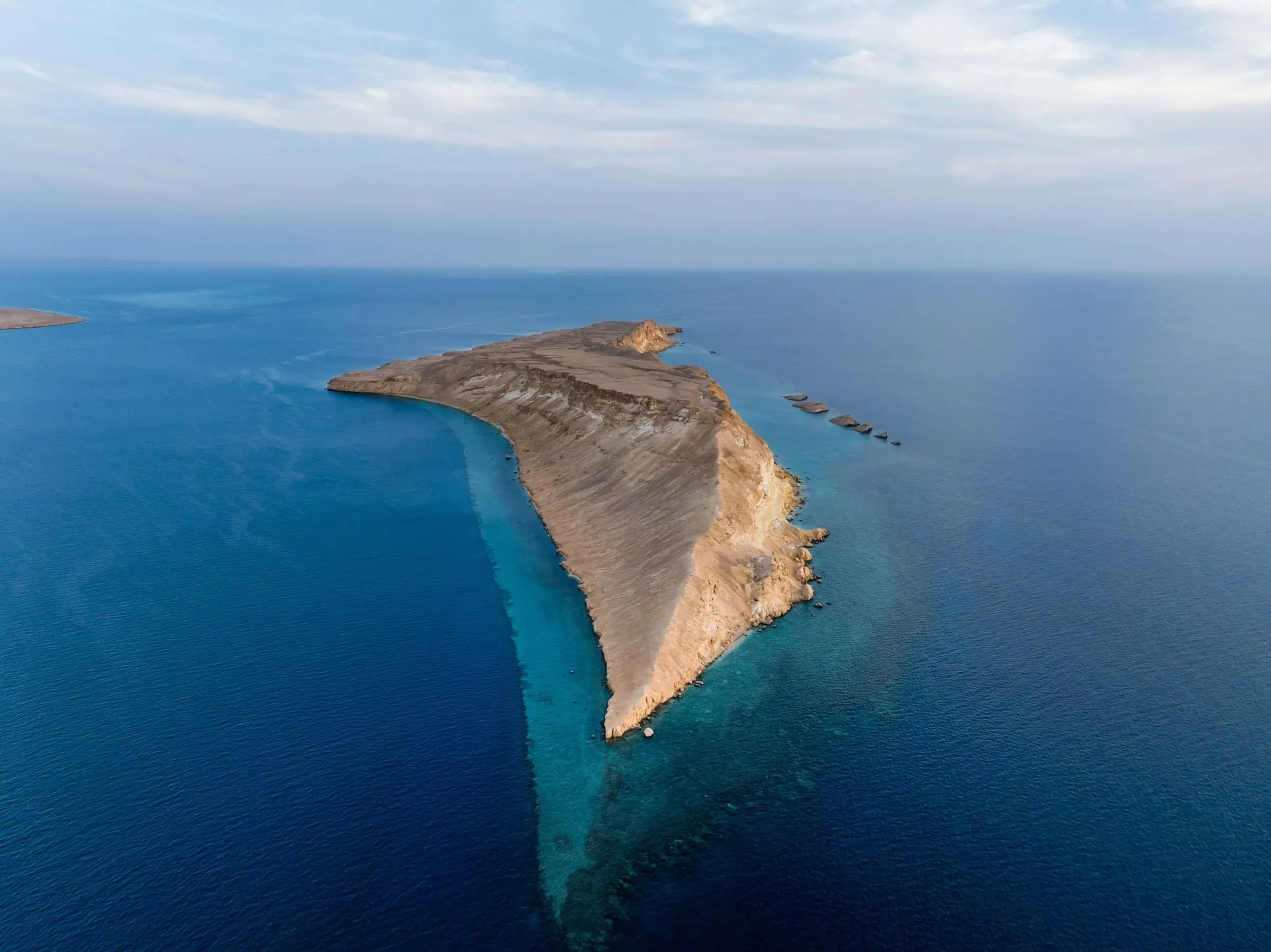Historical Ports of the Red Sea: Exploring Ancient Ports and Trade Routes for Modern Red Sea Travel
Introduction: The Red Sea’s Role in Ancient Trade Routes
The Red Sea has been a pivotal maritime corridor for centuries, linking Africa, Asia, and the Mediterranean. Its historical ports served as vital hubs along ancient trade routes, facilitating the movement of spices, textiles, gold, and cultural influences between great civilizations. Today, exploring the historical ports of the Red Sea offers travelers a unique perspective on the region’s enduring legacy and enriches modern Red Sea travel experiences. This article delves into the significance of these ancient ports, their roles in commerce and culture, and how you can visit remnants of these storied harbors while enjoying activities such as scuba diving, sailing cruises, and more.
The Significance of Ancient Ports in Red Sea History
For millennia, the Red Sea’s coastal settlements thrived as commercial and cultural crossroads. Ancient ports, such as Berenice, Myos Hormos, and Quseir al-Qadim, were crucial nodes on the maritime ancient trade routes that connected Egypt, Arabia, the Horn of Africa, and India. Goods, ideas, and people moved through these harbors, shaping civilizations and leaving a wealth of archaeological remains for today’s explorers.
Berenice Troglodytica: Egypt’s Gateway to the East
Founded in the 3rd century BCE by Ptolemy II, Berenice Troglodytica was one of Egypt’s most significant ports on the Red Sea. It served as the principal entrepôt for trade with the Indian subcontinent and East Africa. Excavations have revealed temples, storage facilities, and Roman-era baths, underscoring its importance. Travelers interested in ancient history and archaeology can learn more by visiting nearby attractions listed on our Marsa Alam attractions page.
Myos Hormos: The Roman Connection
Located near modern-day Quseir, Myos Hormos was a prominent Roman port and counterpart to Berenice. It facilitated the transfer of luxury goods—spices, perfumes, silk, and precious stones—between the Mediterranean world and the Indian Ocean. The ancient harbor’s remains are accessible from El Quseir, making it an ideal destination for those combining cultural exploration with snorkeling adventures in the area.
Quseir al-Qadim: From Pharaonic Outpost to Islamic Port
Quseir al-Qadim, adjacent to modern El Quseir, boasts a continuous history from the Pharaonic era through the Islamic period. Its strategic position enabled it to flourish as a hub for trade and pilgrimage routes to Mecca. Archaeological finds include pottery, coins, and architectural remains that reflect centuries of maritime activity. Visitors can integrate a cultural excursion here with wildlife watching tours, as highlighted on our main destinations page.
Exploring Ancient Ports: What to See and Experience
Touring the historical ports of the Red Sea provides a multifaceted experience—archaeological sites, museums, coastal landscapes, and vibrant local communities. Below are top recommendations for travelers seeking both historical insight and modern adventure.
- Guided Archaeological Tours: Join expert-led excursions to the ruins of Berenice and Myos Hormos. Learn firsthand about the ancient trade routes and their impact on regional development.
- Integrated Cultural & Marine Activities: Many historical ports are adjacent to prime dive sites and marine reserves. Combine a visit to Quseir al-Qadim with a scuba diving tour or a sailing cruise to experience both heritage and underwater biodiversity.
- Local Museums and Exhibits: Explore collections of ancient artifacts, navigational instruments, and trade goods at regional museums, often featured in itineraries on our main attractions page.
- Community Encounters: Visit traditional fishing villages near ancient ports to witness living maritime traditions and sample local seafood cuisine.
Best Time to Visit Historical Ports of the Red Sea
The optimal period for exploring the Red Sea’s historical ports aligns with the cooler months, from October to April. During this time, temperatures are moderate, and conditions are ideal for outdoor exploration and marine activities. Many general tours and specialty excursions operate year-round, but early booking is advised for the most popular archaeological and diving packages.
Practical Tips for Red Sea Travel and Heritage Exploration
- Respect Protected Sites: Many ancient ports are active archaeological zones. Follow all guidelines and avoid disturbing artifacts.
- Combine Interests: Pair cultural site visits with marine activities such as snorkeling or wildlife watching tours for a comprehensive Red Sea experience.
- Stay Informed: For additional travel advice, itineraries, and frequently asked questions, consult our FAQ page.
- Sustainable Travel: Support eco-friendly initiatives and local communities by choosing operators dedicated to sustainability.
Red Sea Ports and Their Lasting Legacy
The historical ports of the Red Sea stand as enduring testaments to human ingenuity and intercultural exchange. From the bustling markets of Berenice Troglodytica to the Roman docks of Myos Hormos, each site offers unique insights into the evolution of global commerce. Today’s travelers can walk in the footsteps of ancient merchants, sailors, and pilgrims, all while enjoying the region’s vibrant marine life and scenic beauty.
Plan Your Red Sea Adventure
Whether your interest lies in ancient ports, the legacy of ancient trade routes, or immersive scuba diving tours, the Red Sea offers a wealth of opportunities for discovery. Begin planning your next trip by browsing our curated blog for more in-depth guides and inspiration, or explore our diverse range of tours and experiences tailored for heritage and marine enthusiasts alike. For personalized recommendations, feel free to contact us—our experts are ready to help you unlock the secrets of the Red Sea’s historical ports.



